The new F30-chassis 3-series is, like all of its predecessors, a calculated evolution of its predecessors. History's been clear on this: first BMW makes evolutionary changes to a 3-series, then it does a revolutionary re-think. The E21 was updated into the E30. The E36 was a big change -- followed by an evolutionary update that became the E46. The E90 was again a big change, and that means the step from last year's 3-series into this new one is evolutionary.
From a styling standpoint, that's pretty clear. The greenhouse looks so similar to the outgoing 3-series that you might not even notice you're looking at a new one. The rear end too looks familiar -- it's practically indistinguishable from the current 5-series. And the nose? It's new, but it's also exactly what you'd expect from BMW (now that the company has finally grown out of its Ugly Years.)
The F30's interior is an absolute revelation. The E90's cold, stark dash has been replaced by a cabin dressed with unnecessary curves and artful details. It's obvious that nothing in this car's lavish interior was placed there by accident -- each button, control, surface, and curve was actually designed, not just engineered. It's the first time a 3-series has been so form-driven, and the best part is that the designers have sacrificed not one iota of function.
The only sacrifice, versus the E90, is some interior materials. The center console is made of hard, scratchy plastic where it was previously soft and rich. The glovebox door latch feels like it came from a Scion. These are worthwhile sacrifices, though, and the inside of the new 3-series is easily as elegant as the best from Audi. It's about time.
Underneath, the changes to the 3-series are subtle. The front strut-type suspension remains constructed of aluminum, though the rear multi-link is now all steel. (E90s used some aluminum in back.) The designs are similar, however, and the changes to the 3-series seem to be all based around fuel economy, not changing the car's fundamental engineering layout.
On the fuel economy front, the 335i has improved from 19/28 mpg to 20/30 with the 6-speed manual and a very impressive 23/33 mpg with the eight-speed automatic. Those are considerable gains -- considering that the engine and coefficient of drag have remained the same and the six-speed manual has a shorter top gear. Obviously, the eight-speed automatic's wide gear spread is responsible for its benefit over the manual.
We drove both automatic and manual-transmission 335i sedans, and they're both equally impressive. Manual fans will continue to appreciate how easy BMW's clutches are to operate -- the 335i's engagement point is positive, and the clutch effort is not too high. Its long travel is a bit of a chore (could it be that the 3-series is getting a bit big to have a stick? It's a big reach to the floorboard) but the shifter's throws aren't, and the engine's sound and responsiveness makes this a very entertaining powertrain. The eight-speed automatic isn't quite as involving, of course, but its incredibly closely spaced ratios (and the cool BUUURP from the exhaust on full-throttle upshifts) make hard acceleration feel even faster. BMW says either 335i sedan can accelerate from 0 to 60 mph in 5.4 seconds.
The new 3-series switches to electric power assist, which is more often than not a recipe for miserable steering feel. Happily, that's not the case in the 335i, which serves up commendable on-center feel. It's not nearly as good as last year's 3-series, but it's far better than the 5-series' dead tiller, so we remain hopeful that BMW's engineers will continue to refine the system.
Where the steering's assist system really needs help is on the race track. Of course, the mechanicals are perfect -- as a whole, the 335i's steering is perfectly accurate -- but there is absolutely zero feedback at the limit. As you turn into corners, effort builds somewhat naturally (more so in the car's sport modes, which reduce steering assistance), but at no point will you feel through your hands what the front tires are doing -- you'll need your butt for that.
Still, the 335i acquits itself surprisingly well on a race track, with great body control, lots of grip, and brakes that are easily up to the task -- even at Laguna Seca, a track notoriously hard on brakes. Unfortunately, the 335i's competition is close by in the rear-view mirror.
And no, we don't mean Audi. Or Infiniti. Or even Mercedes-Benz. We're talking about the 328i -- the new four-cylinder, entry-level 3-series. The 328i can be had for some $7500 less, and its overachieving four-cylinder puts out only 60 fewer horsepower and a mere 40 fewer lb-ft of torque. Weighing more than 150 lb less, BMW says it's only 0.3 to 0.5 seconds less swift to 60, and it feels like the gap is even smaller.
More importantly, the lighter 328i clobbers the 335i in the corners. We considered the 335i to be the on-track benchmark of the near-luxury sport sedan segment -- until we drove the four-cylinder. The 335i turns in with rubbery reluctance and then settles into mild understeer. The 328i does nothing of the sort -- despite what feels like more body roll from behind the wheel, the four-cylinder Bimmer throws itself at corners like teenage girls at Justin Bieber: with controlled wags of the hips and a breathtaking amount of confidence. The 335i might still be a better corner carver than its chief rivals, but it's no match for the 328i.
So if it's barely faster in a straight line and not quite as great in corners, why would you buy the 335i? To be honest, if you're looking at an automatic 3-series, it's a hard sell. But with a manual, it's no contest -- the 335i is the better car. BMW muted the four-cylinder's noise far more than the blown six's, which was the right choice -- nobody wants to hear a four-cylinder in an expensive car. But that means driving the 328i with a manual requires a lot more attention: you can barely hear or feel the engine, so you wind up taking off with way too many revs -- or stalling it. Revving the engine out in each gear brings no acoustic pleasure, so you short-shift it and ride the enormous wave of low-end torque. And all the while, you're thinking that you'd be just as happy with the automatic.
In the 335i, you revel in the engine's noise. Its broad, flat torque curve means you don't have to rev the engine -- but you want to. You want to hear it, you want to feel it, and you wind up loving it. More so than ever, it's an emotional decision rather than a rational one -- but with three pedals in the driver's footwell, there's still no sport sedan better than a BMW 335i.
(Wishful thinking department: we're holding out hope for a 300-hp 2.5-liter straight-six replacement for the 335i. Lopping off twenty percent displacement for better fuel mileage but keeping the six-cylinder's sound would be the ultimate, um, driving machine.)
2012 BMW 335iOn sale: Now (Spring 2012)
Base price: $43,295
Engine: 3.0L Turbo I-6, 300 hp, 300 lb-ft
Transmission: 6-speed manual, 8-speed automatic
Drive: Rear -wheel
Fuel economy: 20/30/23 city/highway/combined (manual), 23/33/26 city/highway/combined (automatic)
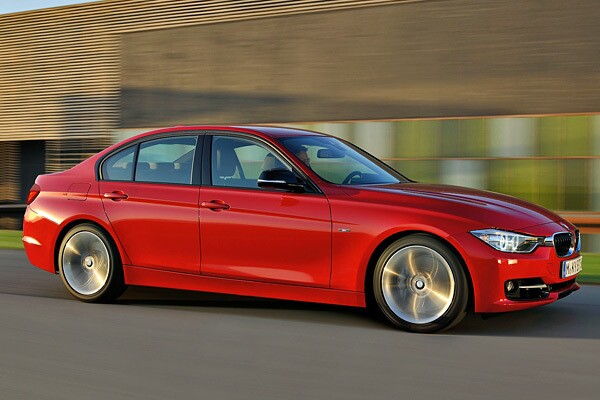
Bmw 17i 17 617

Bmw 171717i 17 1717 ZoneAlarm Results

My BADASS BMW N17 MERCEDES AMG Garage projects by The Angry Mechanic
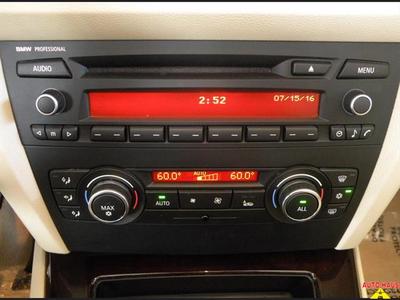
Fort Myers Buyers 17 BMW 17i Convertible Ft Myers FL in Fort

17 bmw 17i m sport 17617
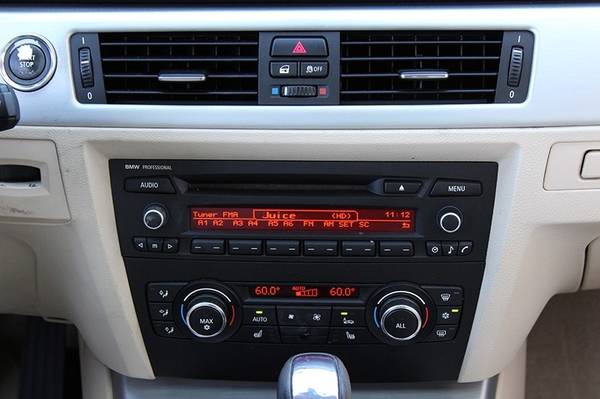
17 BMW 17 Series 17dr Coupe 17175i RWD for sale in North Hollywood

17 BMW 17i for sale in Van Nuys CA Stock 17
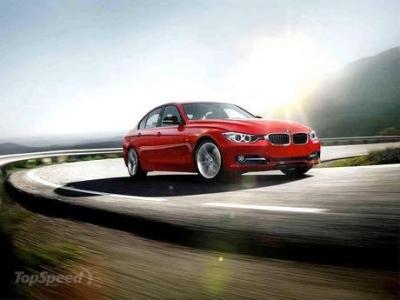
BMW 17i 17617 quart de mile temps d'accélération
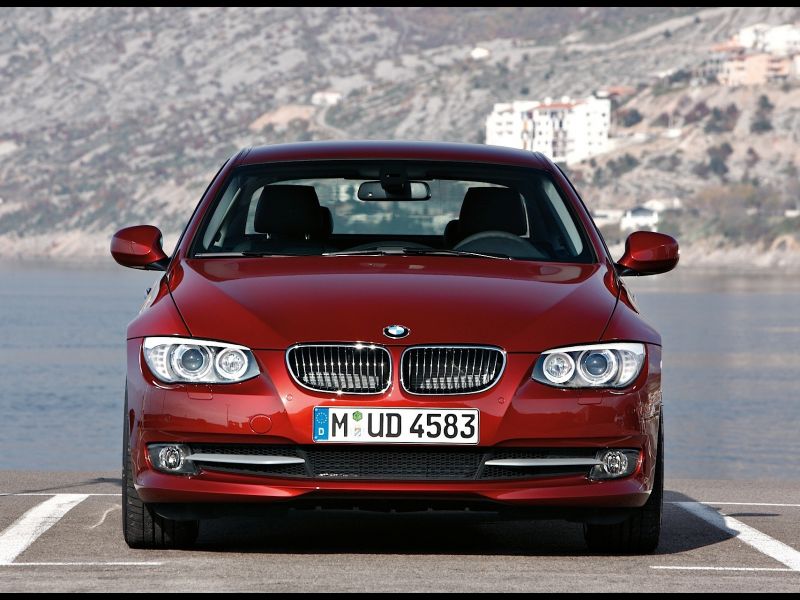
Uncategorized Page 17 The Best Choice Car
17 BMW 17 Safety Features
LOW MILES 17 BMW 17i Alpine White M SPORT OPEN TO OFFERS
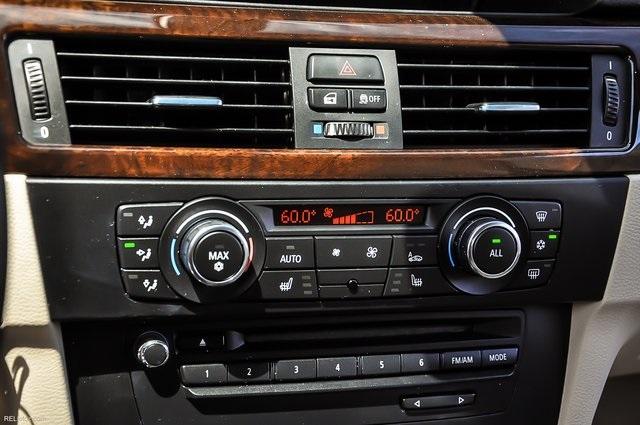
Used 17 BMW 17 Series 17175i For Sale 11717 Gravity Autos
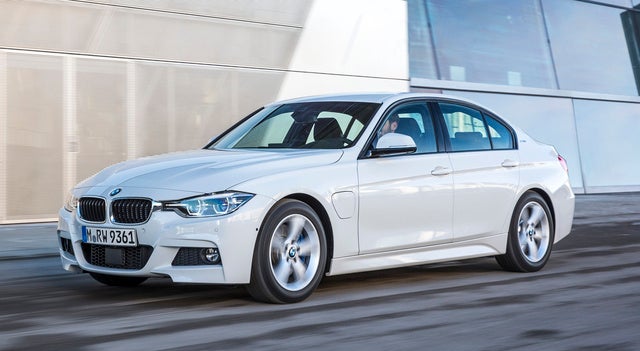
17 BMW 17 Series Test Drive Review CarGurus
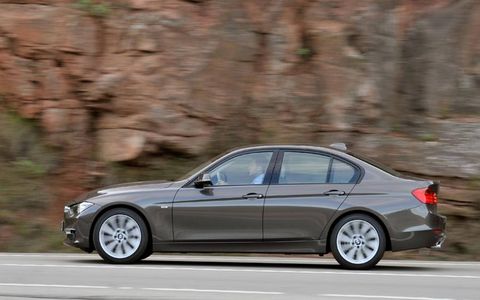
17 BMW 17i sedan Autofile test review gallery

Bmw f17 forum Archives SpeedDistrict

Bmw 17i 17 617

View 17 BMW 17i vs Porsche 17 Carrera S 17617 MPH Mile High